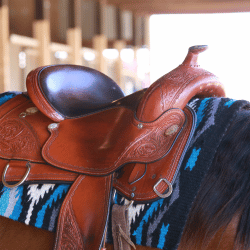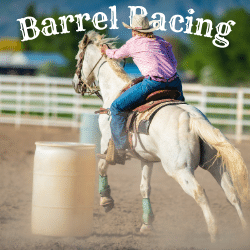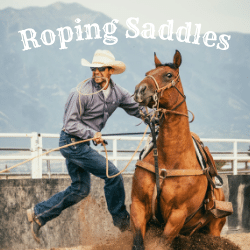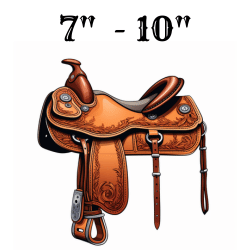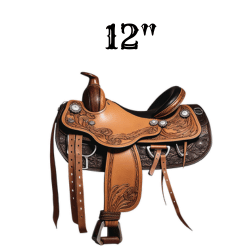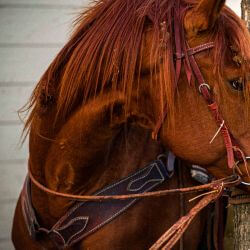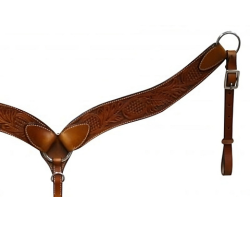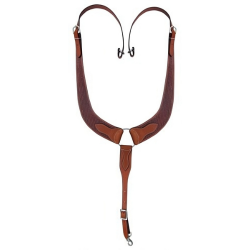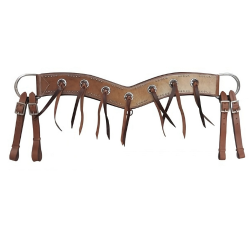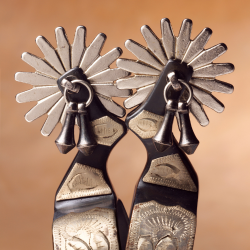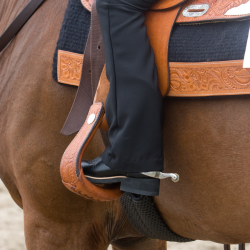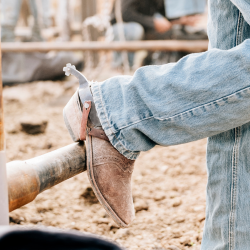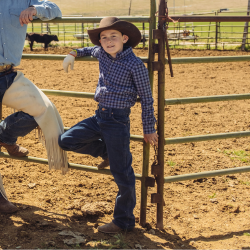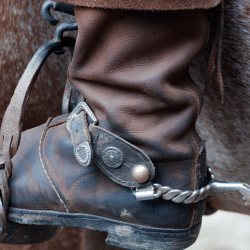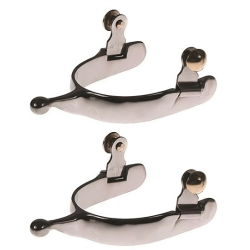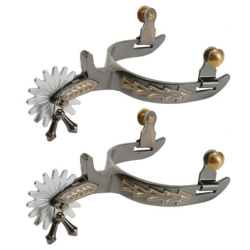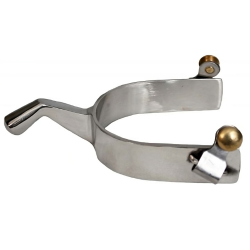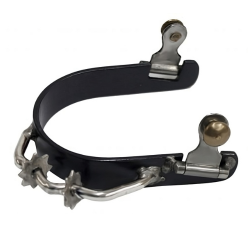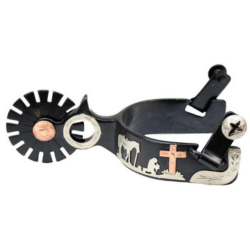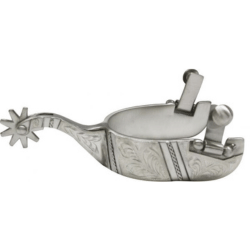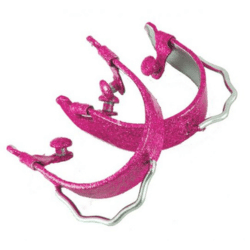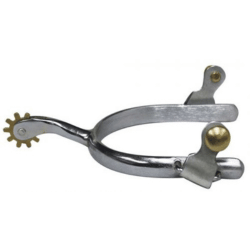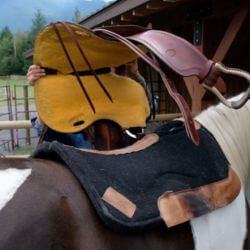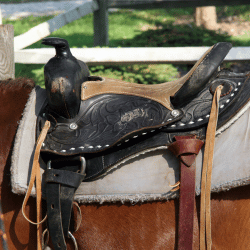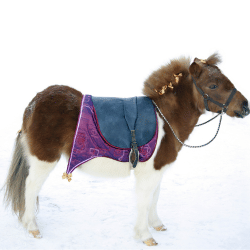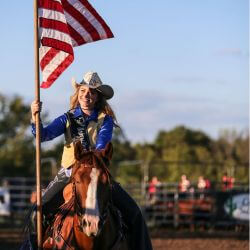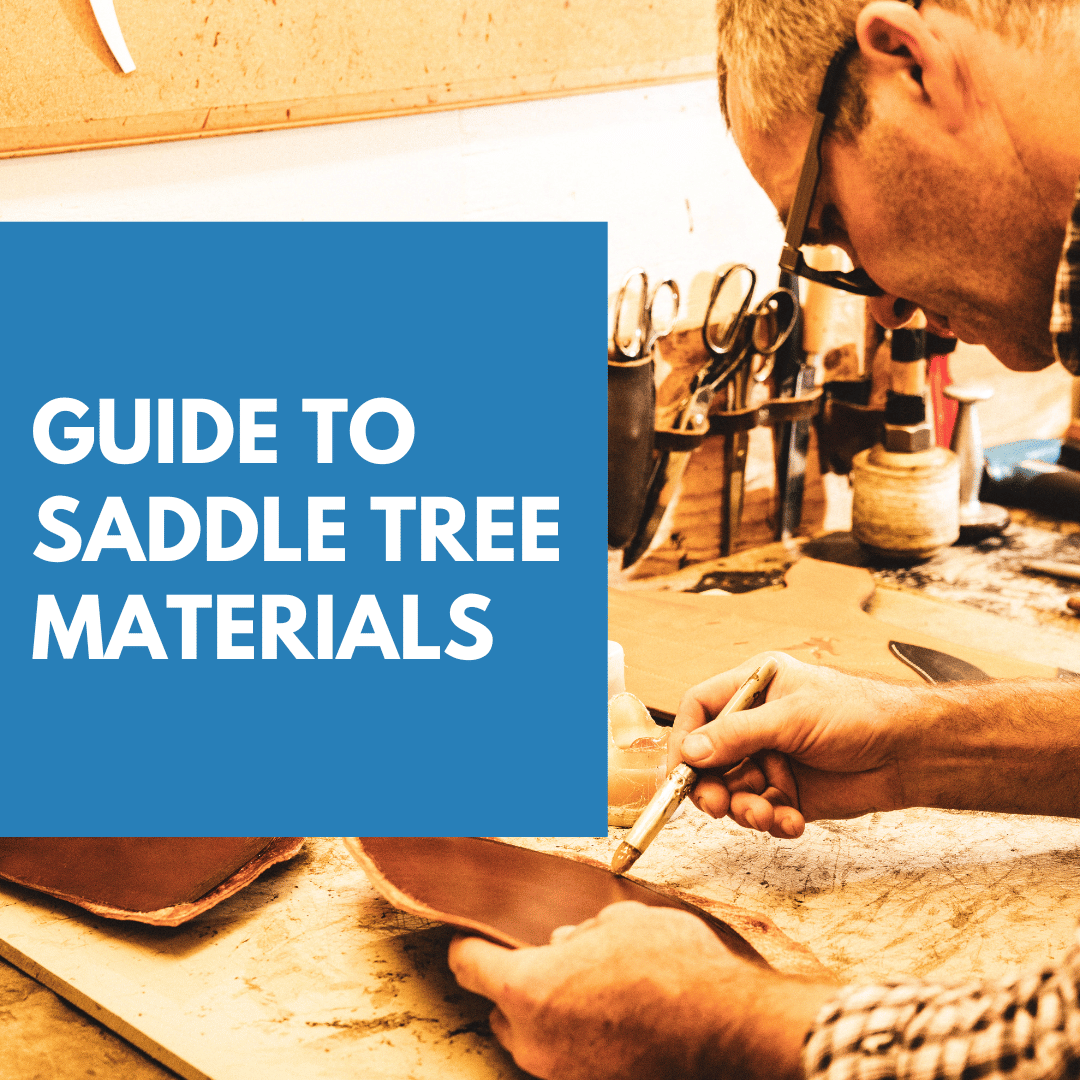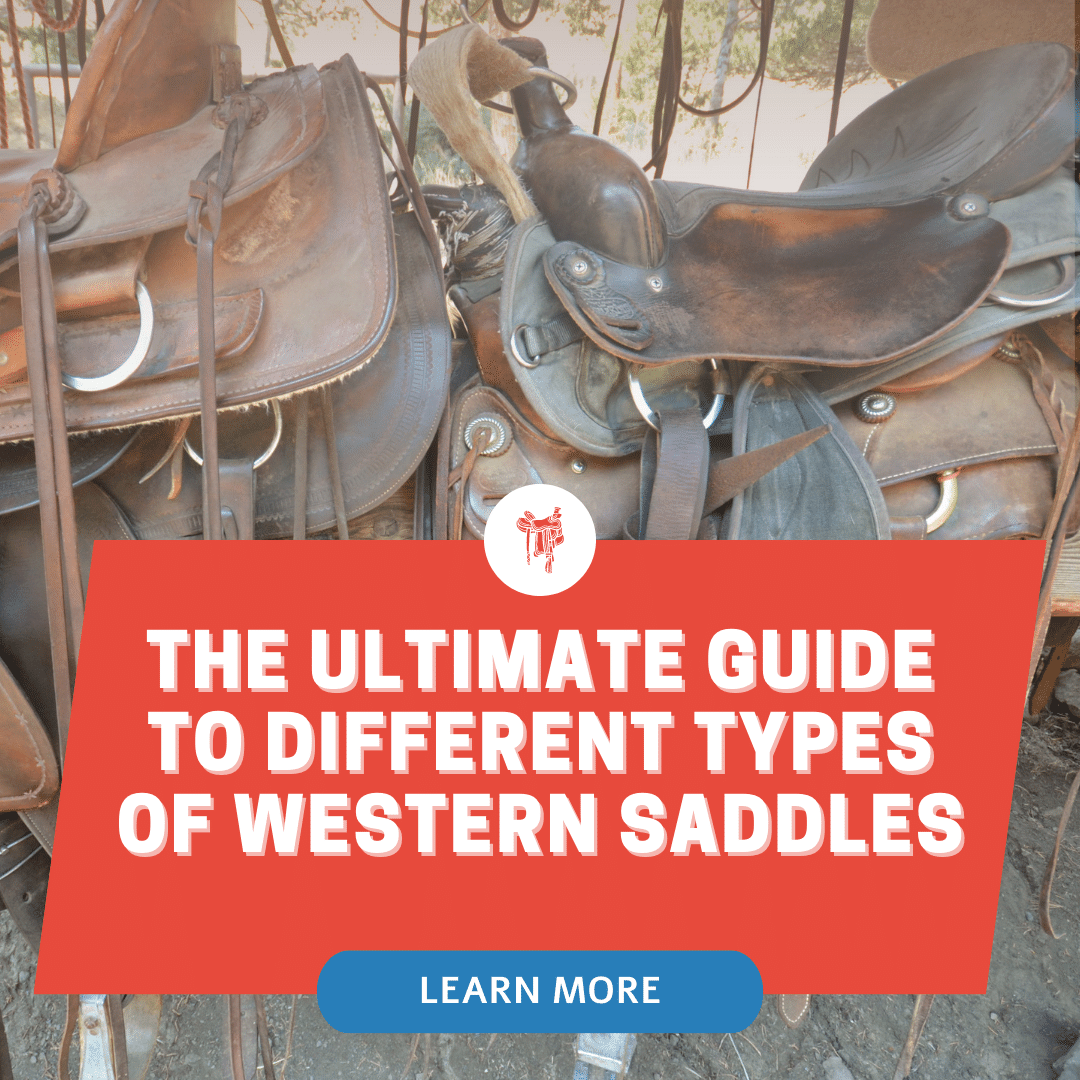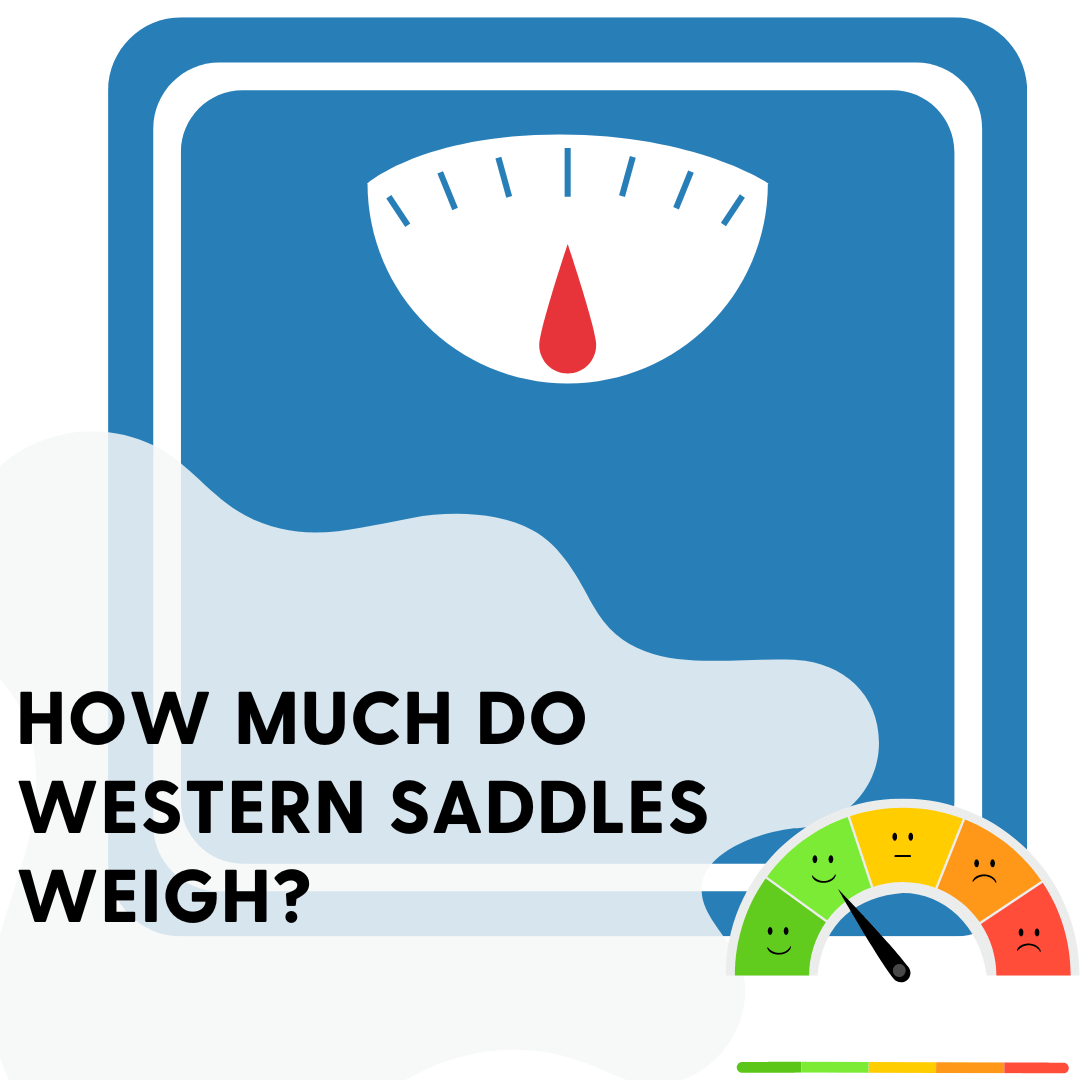Horse saddle trees are the foundation of a saddle, providing support for the rider and distributing weight evenly across the horse's back. There are several different materials used to construct saddle trees, each with its own unique characteristics and benefits. These types of saddle trees are found in selection of Western horse saddles for sale.
Wood saddle trees:
Wood is a traditional material for saddle trees and has been used for centuries. It is strong and durable, but can be heavy. Wood saddle trees are typically made from hardwoods like oak or ash, and are coated with a protective finish to prevent moisture damage.
There are 3 main types of Wood Saddle Trees:
Fiberglass Covered Hardwood
Fiberglass saddle trees are made from wood that is coated with a layer of resin. This resin adds strength and durability to the tree, making it resistant to moisture and harsh weather conditions. However, the rigidness of the fiberglass material means that it may not conform as easily to the shape of the horse's back, so it's important to ensure a proper fit when using a saddle with a fiberglass tree. While fiberglass trees may be less expensive than rawhide or bullhide trees due to their non-leather construction, they are still a durable and reliable choice for saddle trees.
Rawhide Covered Hardwood
Rawhide saddle trees offer a combination of strength, flexibility, and durability while still being generally the cheaper option compared to premium Bullhide. They are constructed with a solid wood base that is wrapped in fine leather, which has been soaked to allow it to mold to the shape of the tree for a perfect fit. The leather wrapping serves several purposes: it prevents the wood from causing chafing on the horse's back, protects the wood from splintering, and keeps the tree from getting wet.

16" Buffalo Wade Style Ranch Saddle #025X
Rawhide trees are very durable and can withstand a lot of wear and tear, making them a popular choice for riders who put their saddles through a lot of use. They also offer some flexibility, allowing the tree to mold to the shape of the horse's back and providing a more comfortable ride.
Rawhide trees are typically found in medium to high-end saddles and can vary in price due to fluctuations in the cost of leather. Overall, rawhide saddle trees offer a good balance of strength, durability, and comfort, making them a popular choice for many riders.
Bullhide Covered Hardwood
Bullhide saddle trees are a high-end option that offer strength, durability, and flexibility. They are similar to rawhide trees in that they are made with a solid wood base and wrapped in leather, but the leather used in bullhide trees is thicker, making the tree slightly stronger than rawhide. This extra strength allows for more flexibility in the tree, which can help to provide a more comfortable ride for both the horse and the rider.
Fiberglass saddle trees:
Fiberglass is a lightweight and strong material that is becoming increasingly popular for saddle trees. It is resistant to moisture and can withstand harsh weather conditions. Fiberglass saddle trees are typically made by layering fiberglass over a foam core, which helps to distribute weight evenly.
Plastic saddle trees:
Plastic saddle trees are made from a variety of materials, including polyethylene and PVC. They are lightweight and easy to care for, but may not be as durable as other materials. Plastic saddle trees are often used in lower-priced saddles and may not provide the same level of support as other materials.
Aluminum saddle trees:
Aluminum is a strong and lightweight material that is often used in saddle trees for endurance riding. It is resistant to rust and moisture, and can withstand harsh weather conditions. Aluminum saddle trees are typically more expensive than other materials, but offer excellent support and durability.
Flex-Tree Saddle Trees:
Flex-tree saddle trees are a relatively new innovation that offer a unique combination of strength, flexibility, and comfort. They are made with a wood base and other components such as rubber or neoprene, which allows the bars of the tree to flex and move with the horse's back. This helps to distribute the weight of the rider evenly across the horse's back and alleviate pressure points, resulting in a more comfortable ride for both the horse and rider.
Flex Tree Double T Barrel Saddle #327
Conclusion:
When choosing a saddle tree material, it's important to consider the needs of both the rider and the horse. Wood and fiberglass saddle trees are typically the most popular choices, as they offer a good balance of strength, durability, and comfort. Plastic saddle trees may be a more affordable option, but may not provide the same level of support and durability as other materials. Aluminum saddle trees are a great choice for endurance riding, but may be more expensive.
No matter which material you choose, it's important to properly care for your saddle tree to ensure it lasts for many years. This includes regularly cleaning and conditioning the saddle, as well as storing it in a dry, temperature-controlled environment when not in use. By taking good care of your saddle, you can enjoy a comfortable and supportive ride for years to come.

